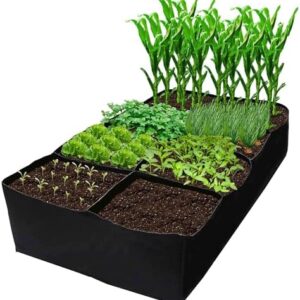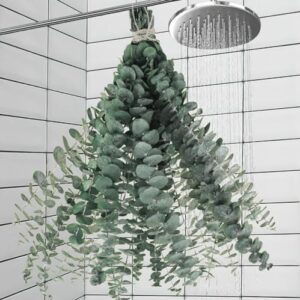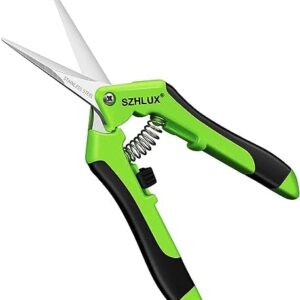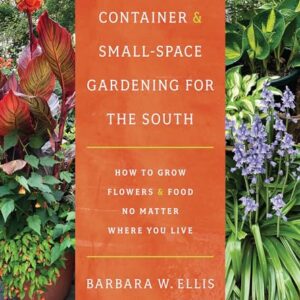Growing your own herb garden can be a rewarding experience. Fresh herbs can elevate the flavor of your meals and provide numerous health benefits. But in order to truly maximize your herb garden’s potential and ensure a bountiful harvest, there are a few key things to keep in mind.
First and foremost, it’s important to choose the right location for your herb garden. Most herbs prefer full sun, so choose a spot that receives at least 6-8 hours of sunlight per day. If you don’t have a sunny spot in your yard, consider growing your herbs in containers that can be moved around to follow the sun.
Next, consider the soil in which you’ll be planting your herbs. Herbs prefer well-draining soil that is rich in organic matter. If your soil is heavy or clay-like, consider amending it with compost to improve drainage and fertility. Alternatively, you can grow your herbs in containers filled with a high-quality potting mix.
When it comes to choosing which herbs to grow, consider which ones you use most frequently in your cooking. Some popular culinary herbs to consider include basil, parsley, cilantro, mint, thyme, and rosemary. It’s also a good idea to consider the growing requirements of each herb, as some may prefer drier soil while others may prefer more moisture.
Once you’ve selected your herbs and planted them in the right location, it’s important to provide them with the proper care. Water your herbs regularly, being careful not to overwater as this can cause root rot. It’s a good idea to check the moisture level of the soil before watering, as some herbs prefer drier conditions.
Fertilizing your herbs can also help ensure a bountiful harvest. Consider using a balanced fertilizer that is specifically formulated for herbs. Be sure to follow the instructions on the packaging, as over-fertilizing can harm your plants.
Another key aspect of maximizing your herb garden’s potential is proper pruning and harvesting. Regularly pruning your herbs will help promote new growth and prevent them from becoming leggy. When harvesting your herbs, be sure to do so in a way that encourages regrowth. For most herbs, it’s best to harvest the leaves and stems from the top of the plant, just above a pair of leaves.
If you’re growing perennial herbs, such as oregano or chives, it’s a good idea to divide them every few years to ensure continued health and productivity. Simply dig up the plant, divide the root ball into smaller sections, and replant them in fresh soil.
Pest and disease management is another important aspect of caring for your herb garden. Keep an eye out for common herb pests such as aphids, spider mites, and whiteflies. If you notice any signs of pest infestation, consider using natural remedies such as neem oil or insecticidal soap to eliminate them.
Properly storing your harvested herbs can also help maximize their shelf life and flavor. Many herbs can be dried or frozen for later use. To dry herbs, simply tie them into small bundles and hang them in a warm, dry location until they are completely dry. Once dry, store the herbs in airtight containers away from heat and light.
By following these tips and guidelines, you can maximize your herb garden’s potential and enjoy a bountiful harvest of fresh, flavorful herbs. Whether you’re a seasoned gardener or a novice, growing your own herbs can be a fulfilling and rewarding experience. So roll up your sleeves, get your hands dirty, and watch your herb garden thrive.






